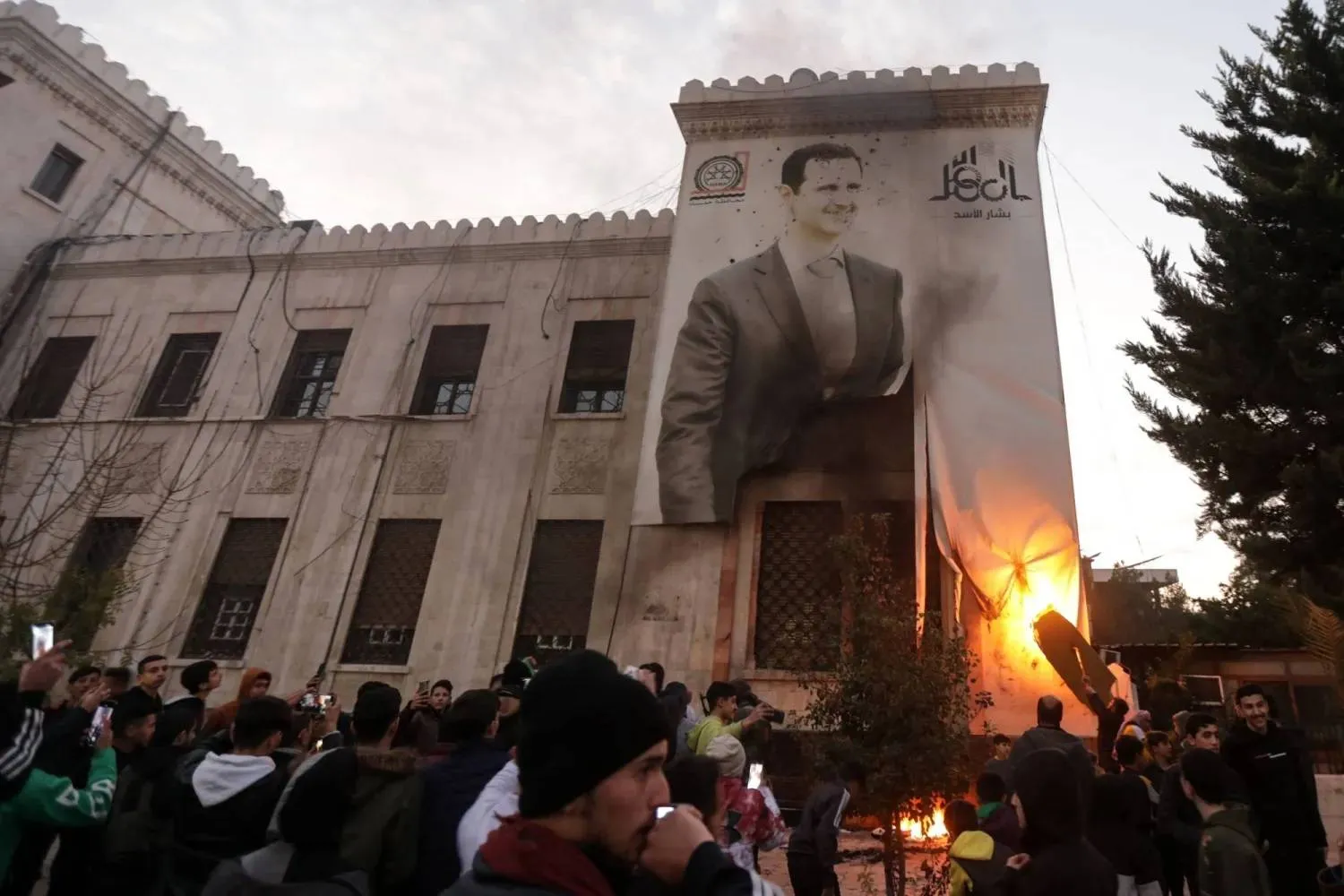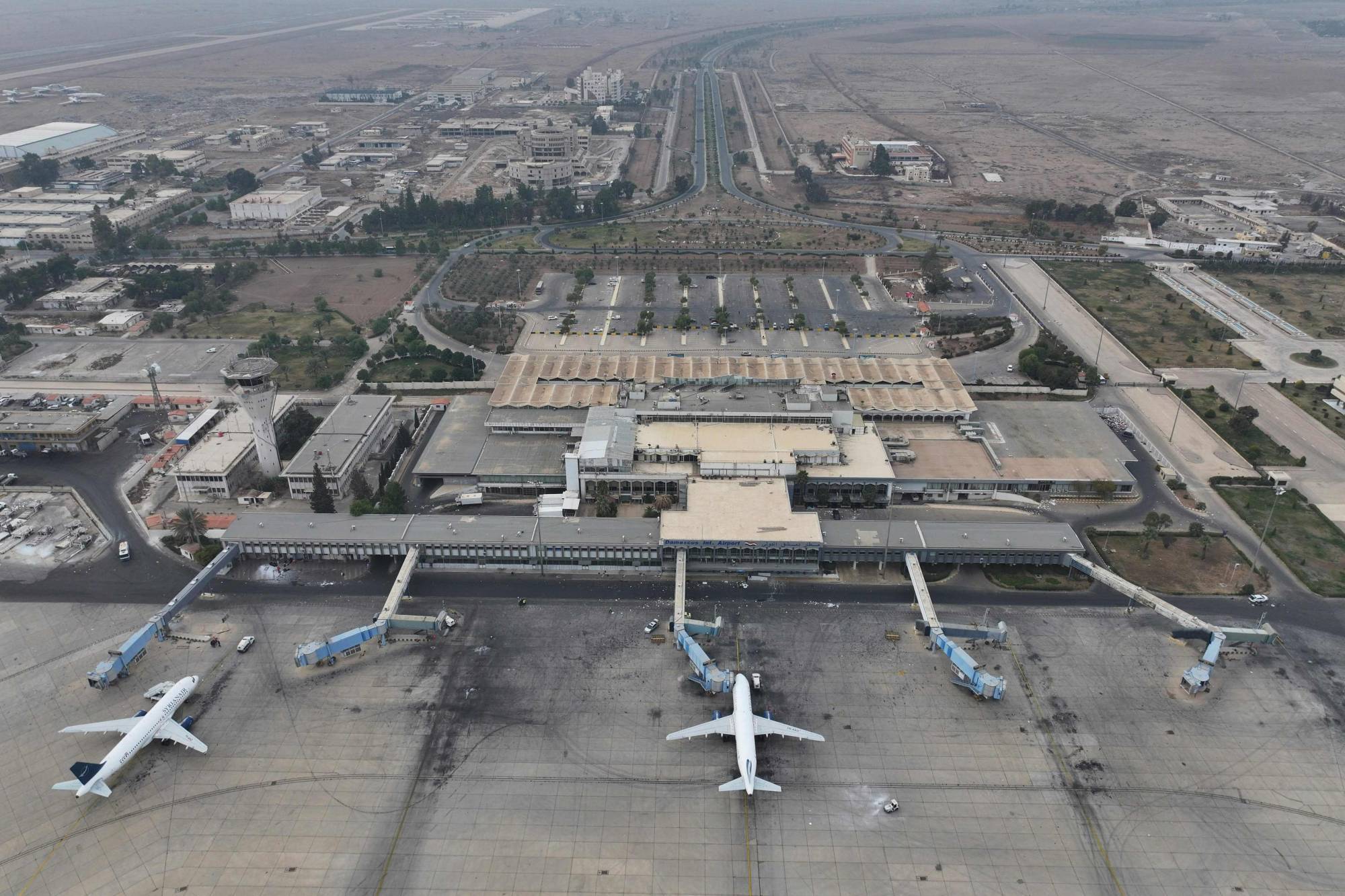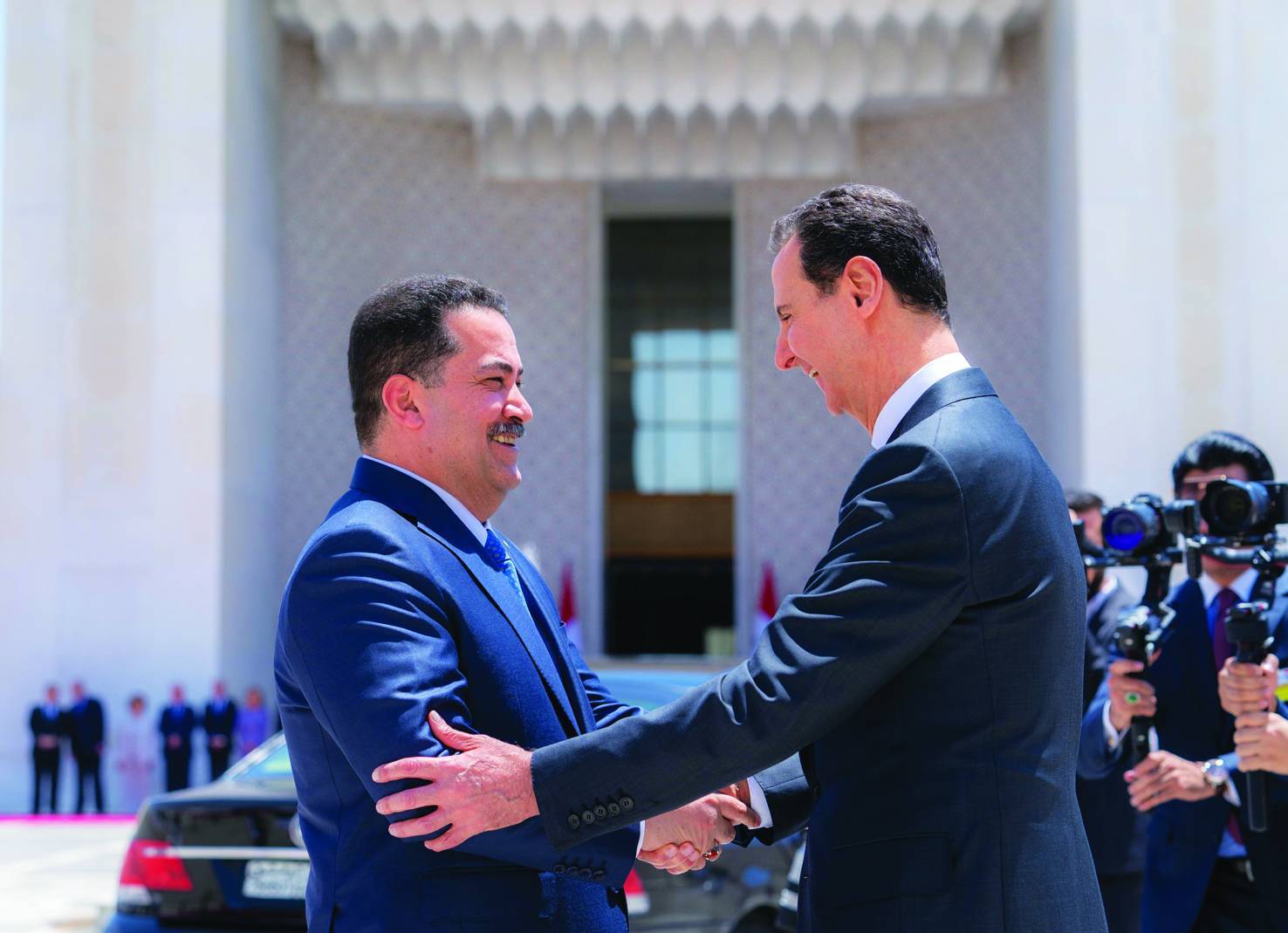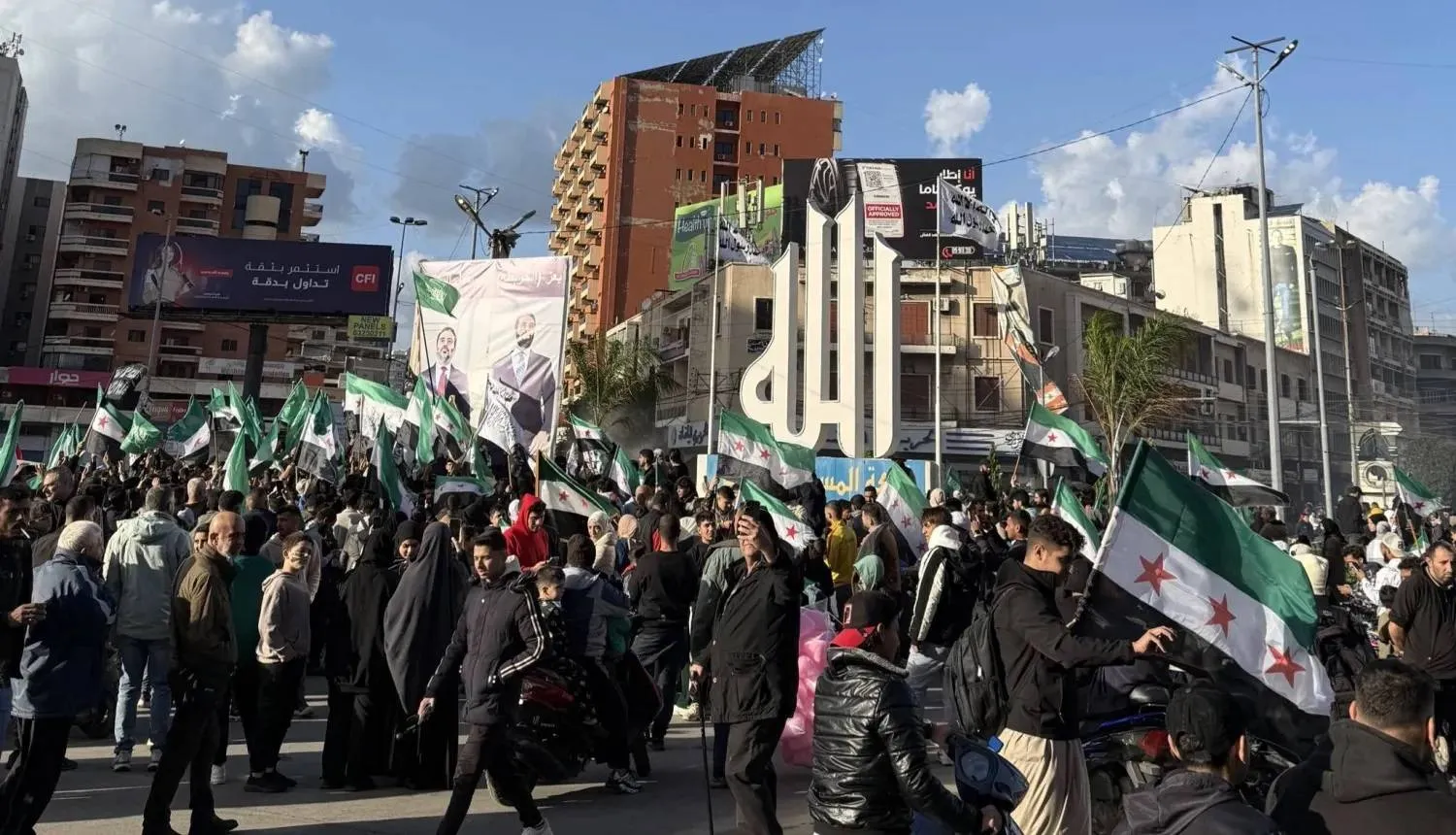American officials have been clear in their message to Russia over Syria: We must either work together to reach a settlement, which includes a change in the regime’s behavior and implementation of six key conditions, or raise the cost of the Syrian “quagmire”. The second option is a reminder to Moscow of the American experience in Iraq and the Soviet experience in the Afghan conflict, which has been raging since 1979.
Six conditions
In early 2018, US Special Representative for Syria Engagement, James Jeffrey, and his deputy, Joel Rayburn, presented President Donald Trump with a number of suggestions on the Syrian conflict. They agreed on six American points that would lead to normalizing relations with the Syrian government: 1) Ending support for terrorism, 2) cutting military ties with Iran and its militias, 3) ending hostile acts against neighboring countries, 4) abandoning weapons of mass destruction and the chemical weapons program, 5) the Damascus government must introduce changes on the ground that will allow refugees to voluntarily return home – effectively the implementation of United Nations Security Council resolution 2254, and 6) putting war criminals on trial.
Speaking at a seminar earlier this week, Rayburn said the first four conditions have been demanded by Washington even before the anti-regime protests erupted in 2011. These are conditions that are demanded from any Syrian government. People come and go, but any Syrian government must commit to these conditions because they impact American national security.
In May, Jeffrey said: “I've never seen a regime that poses more threats to its region and to the American idea of how the world should be organized.”
These six conditions have become a central part of the Caesar Act that was approved by Congress, signed by Trump and went into effect in June.
Pressure tools
Washington holds a number of pressure cards to achieve its demands:
1) It has troops deployed in northeastern Syria. Rayburn had encouraged Trump to keep some 500 soldiers deployed east of the Euphrates River and more than a hundred at the al-Tanf base shortly after he announced in October 2019 that he wanted to withdraw troops from Syria
2) It provides logistic and intelligence support for Israeli raids on Iranian positions in Syria.
3) It is exerting pressure on the European Union to keep its economic sanctions on Damascus and preventing it from normalizing diplomatic ties with it.
4) It is preventing Arab countries from restoring Syria’s membership in the Arab League and also discouraging them from restoring political or diplomatic ties with it.
5) It is supporting Ankara’s efforts to bar regime forces from returning to northwestern Syria and trying to turn the Idlib ceasefire into a nationwide ceasefire.
6) It is coordinating with western and Arab countries at the UN over the Syrian chemical weapons file and human rights violations. It is also seeking to hold regime officials to account over their crimes. A Security Council meeting will be held to that end.
7) It is supporting the peace process, led by UN special envoy Geir Pedersen, aimed at introducing constitutional reform and implementing resolution 2254.
8) It is increasing economic sanctions, the last of which was the implementation of the Caesar Act.
Caesar messages
American officials believe the Caesar Act delivered four key messages. They noted the significance of it being approved by both Republicans and Democrats at Congress. Rayburn said that pressuring Bashar Assad’s regime was not a point of contention in Washington, rather there was consensus over the issue. The consensus has dashed the hopes of parties of dreaming or promoting potential American policy change. Nothing will change even after the presidential elections in November, he added.
The Act also eliminated dreams of a military victory for the regime. Rayburn said that the regime and its loyalists believed that once they achieve military victory on the ground, then the money will begin to flow in Syria and they will all reap the benefits. This is not true, he said. There is no light at the end of the tunnel and the situation will not go back to how it was.
The Act was also message to regional countries to discourage them from investing in regime-held regions in Syria, Rayburn said. Anyone making such a move will risk being slapped with sanctions and being left out of the American financial system. Washington has, however, been trying to exempt northeastern and northwestern Syria from the sanctions. American officials have been clear in addressing “Arab and regional friends”, continued Rayburn, saying that no one was exempted from sanctions.
The last message is aimed at deterring the military machine. Rayburn explained that the process of reaching justice and accountability is often slow, but the American message is clear: It will never forget. Regime loyalists will now realize that the day when they will be held to account will come sooner or later. This should prompt them to change their calculations.
Syrian ‘quagmire’
American officials believe that these “tools” will persuade Russia to change its course in Syria on the medium- and long-terms. They will therefore, continue to impose economic sanctions under the Caesar Act. Rayburn said this will be the “summer of Caesar” with some one hundred individuals and entities set to be blacklisted in order to raise the cost of the Syrian quagmire.
Jeffery had previously said that the Russians did not have a “political way out” of their problems in Syria. “Our job is to present them through the UN and our support for the UN, with a way forward, but that requires them distancing themselves to some degree from Assad and from the Iranians,” he added.
Rayburn believes that the Russian can influence Damascus. Pressure can also push Moscow towards joining serious negotiations aimed at implementing the above-mentioned six conditions. The alternative would see it sink even deeper in the Syrian quagmire.
Jeffery had on more than one occasion said that his mission when he assumed his post two years ago was to transform Syria into a quagmire for the Russians. “We are pursuing what we think is a smart policy,” he stated, saying the American military presence is aimed at cracking down on ISIS and supporting military operations carried out by other countries, such as Israel and Turkey, while also focusing on economic and diplomatic pressure.
“This isn't Afghanistan, this isn't Vietnam,” he explained. “This isn't a quagmire. My job is to make it a quagmire for the Russians.”
Rayburn explained this position further. When the Russians intervened militarily in Syria five years ago, they did not believe that they would have such a result today, he said. He echoed Jeffery’s statements on the quagmire, wondering if Russia would still want to have the same result five years from now. Military involvement is very costly and there is no light at the end of the tunnel.
He added that when the regime captured eastern Aleppo in late 2016, it believed that military victory and the end of the war were near. It thought that it could reap the rewards of the victory. He said that this was not true. The conflict cannot be resolved through the military machine, but with politics. Anything other than that would mean the war will last forever, he warned, citing the conflict in Afghanistan which is still ongoing.











